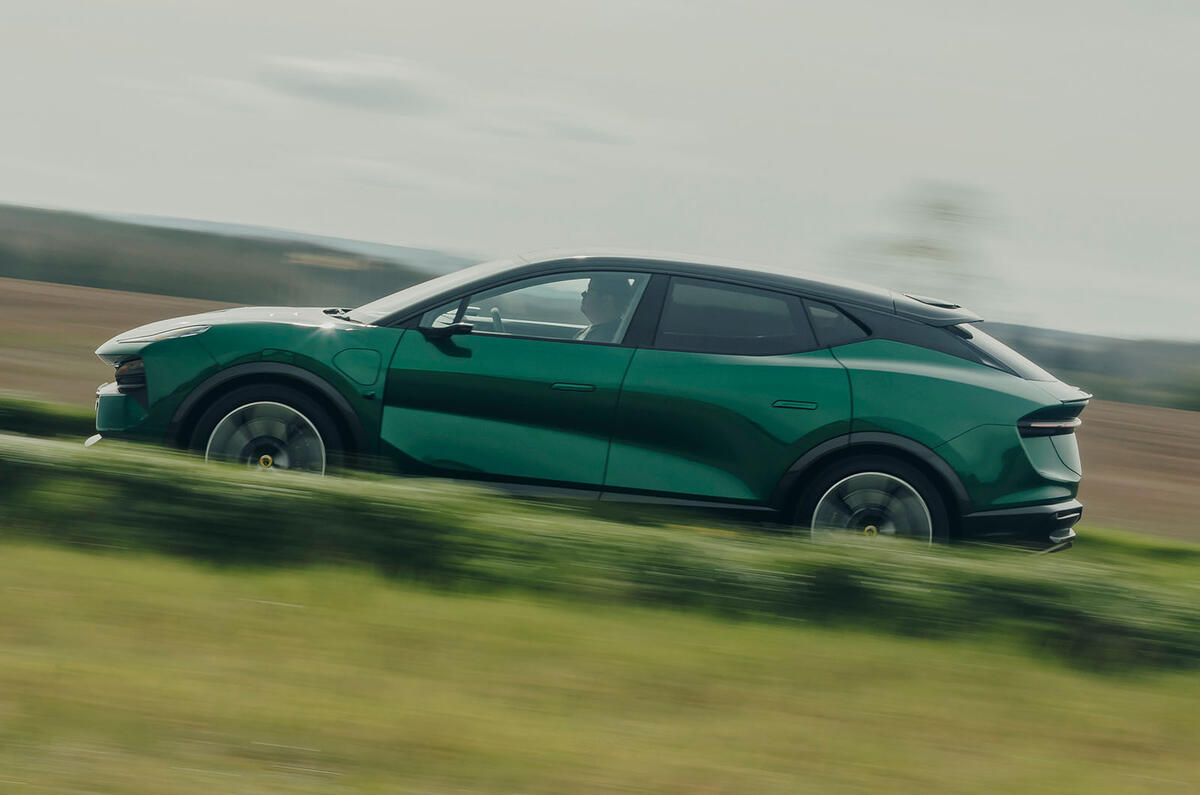For years – for decades, even – there’s nothing. You can trawl for as long as you like through Autocar’s rather wonderful digital archive: incidences of the Lotus and Audi brands – so distant from each other for so long, operating within market niches entirely discrete from one another – finding their way into competition in the same group test simply don’t exist.
Then, in 2006, shots were fired: the Audi R8 appeared, and the following year it won our annual Britain’s Best Driver’s Car contest – beating a Lotus 2-Eleven in the process. The Lotus Evora returned fire in 2009, winning the title outright and beating the V10-engined incarnation of the R8 back into joint fifth place.
From there on out, suddenly there are semi-regular meetings: of Evoras and Elises coming up against R8s and TTs – some going Audi’s way, others Lotus’s. All the while, Audi was trying to convince everyone that it could be a sports car brand – and for some of that period it made an all right job of it.
Now it has stopped – or at least taken a hiatus – and the tables have turned. Suddenly it’s Lotus’s turn to spread its wings, now under Chinese ownership, and seek to become something entirely new.
Whether you or I feel instinctively that Lotus has got a snowball’s chance in hell of success – of becoming the broad-batted, multi-faceted, soon-to-be-all-electric modern luxury-performance brand that it aims to be, rivalling Porsche, Mercedes-AMG, BMW M and God knows how many others – is likely to be a matter of, shall we say, ‘interested conjecture’.
The point is this: Lotus is no longer that same company we think we know. After so many wilderness years, we need no longer debate any of the following: that Hethel’s new plan is really serious and now actually happening. The Lotus Eletre is here. And, my goodness, it’s a whole heap of different.
Read our Lotus Eletre review
Read our Audi SQ8 E-tron review
Introducing the Lotus Eletre and Audi SQ8 E-tron
Quick links: Design and chassis - Interior - Driving dynamics - Verdict - Specifications
There would have been ways, after all, for a company such as Lotus to step a little carefully into the luxury car market. But there’s branching out, there’s taking a risk and then there’s this: the Eletre is a 5.1-metre-long, 2.5-tonne, all-electric SUV that hails from a company that had hitherto never so much as made a car with electromechanical power steering, never mind one with four doors, or four driven wheels, or air suspension, or all the rest of it.
































Join the debate
Add your comment
'The truth is, the way the Eletre gets itself down the road isn’t quite as impressive as what it’s like to simply inhabit, and doesn’t feel like what, or how, it’s been made to win you over. But it’s impressive all the same.'
Not sure how nauseous Chapman would have felt seeing his initials on a car which goes against his philosophy, particularly lightness, in just about every way.
Odd strap. Audi is hardly the master of EV SUVs. And rthe Lotus is engineered and built by one of the most experiened EV companies in the world.